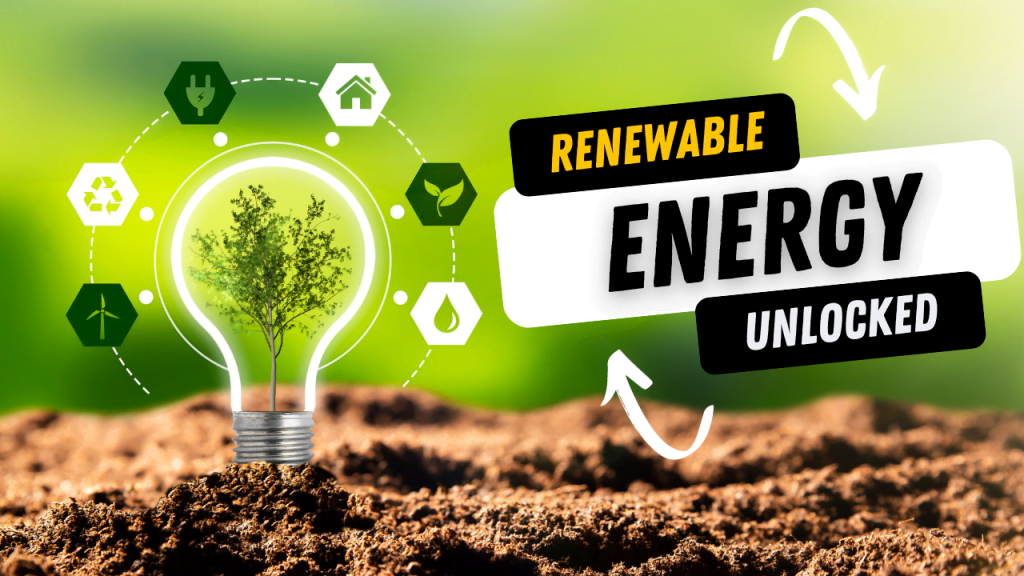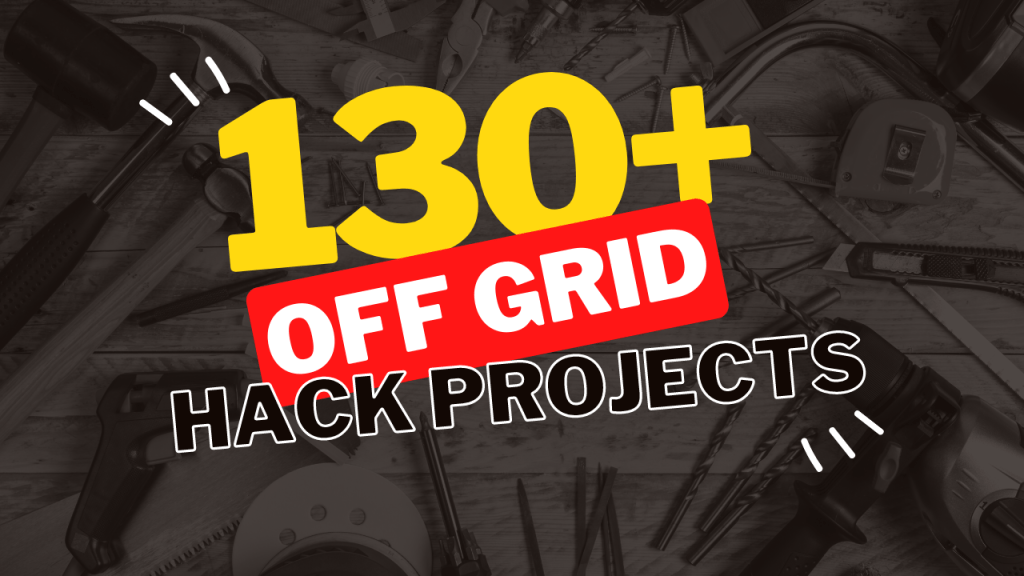So, you want to learn about renewable energy sources, huh? You’re in the right place! Let’s dive into the exciting world of clean and sustainable power.

What are Renewable Energy Sources?
Renewable energy sources harness natural processes to generate power. They’re eco-friendly and sustainable. Fossil fuels run out, these won’t run out! Let’s check out the most popular ones.
Solar Energy
Solar energy is, you guessed it, energy from the sun! It’s clean, green, and abundant. Capturing it is simple… solar panels. They turn sunlight into electricity. Grid-connected systems, off-grid setups, and even portable solutions are some of the ways solar can be used. Let’s explore these different uses and their pros and cons.
Grid-Connected Solar Systems
A grid-connected solar system is tied to the main electrical grid. The excess power you produce is sent back to the grid! This can earn you credits on your energy bill. On the flip side, when your panels don’t generate enough power, you can draw electricity from the grid. It’s a flexible and convenient solution.
Off-Grid Solar Systems
Off-grid solar systems are independent of the main electrical grid. They’re perfect for remote locations or those looking to be completely self-sufficient. An off-grid system typically includes solar panels, a battery bank, an inverter, and a charge controller. The batteries store excess energy for use when the sun isn’t shining. It’s important to properly size an off-grid system to meet your energy needs year-round.
Portable Solar Solutions
Portable solar solutions are small-scale, mobile options for harnessing solar energy. They’re great for camping, RVs, or emergency situations. Examples include solar chargers for phones, solar-powered lanterns, and foldable solar panels. These devices are compact and easy to transport, making them a versatile energy solution for those on the go.
Pros of Solar Energy
- Abundant and free
- Environmentally friendly
- Low maintenance
- Adaptable to different needs (grid-connected, off-grid, portable)
- Potential for energy bill savings
Cons of Solar Energy
- Initial cost can be high
- Depends on sunlight
- Space requirements
- Battery storage can be expensive (for off-grid systems)
- Performance affected by weather and shading
Whether you’re connected to the grid, living off the grid, or just need a portable solution, solar energy offers a range of possibilities. By harnessing the power of the sun, you can reduce our dependence on non-renewable energy sources and contribute to a cleaner, greener future.
Wind Energy
The wind energy comes from the movement of air. Turbines capture this kinetic energy and convert it to electricity. Bigger wind turbines generate more power. Utility-scale wind farms, community wind projects, and off-grid applications are all examples of how to use wind power. Let’s explore these different uses and their pros and cons.
Utility-Scale Wind Farms
The largest installations of wind turbines are utility-scale wind farms, they generate electricity for the grid. These wind farms often cover vast areas and can generate significant amounts of clean energy. They are usually located in areas with consistent, strong winds to maximise energy production.
Community Wind Projects
Smaller-scale installations, often referred to as Community wind projects, are designed to benefit local communities. These projects can be owned by individuals, businesses, or community groups. So naturally they provide energy and economic benefits to the surrounding area. Community wind projects can be grid-connected or off-grid, depending on the needs of the community.
Off-Grid Wind Systems
Off-grid wind systems are standalone installations that provide power directly to the user, independent of the main electrical grid. They are ideal for remote locations or those looking for energy independence. Off-grid wind systems often require a battery bank for energy storage and may be combined with other renewable energy sources like solar panels to ensure a consistent power supply.
Pros of Wind Energy
- Free and renewable
- Low impact on the environment
- Job creation
- Scalable to different needs (utility-scale, community, off-grid)
- Can complement other renewable energy sources
Cons of Wind Energy
- Wind is variable
- Noisy and visually intrusive
- Threat to wildlife
- Requires large areas of land
- Initial costs can be high
Whether you’re interested in large-scale wind farms, community projects, or off-grid systems, wind energy offers a range of possibilities to suit various needs and preferences. By harnessing the power of the wind, we can reduce our reliance on non-renewable energy sources and contribute to a cleaner, greener future.
Hydropower
Hydropower is energy from moving water. Dams and rivers are common sources. Water turns turbines, which generate electricity. It’s the oldest renewable energy source! Hydropower can be used in various ways, including large-scale hydroelectric power plants, small-scale hydro systems, and off-grid applications. Let’s explore these different uses and their pros and cons.
Large-Scale Hydroelectric Power Plants
Large-scale hydroelectric power plants are massive installations that generate electricity for the grid. They are typically built on rivers and utilise dams to control the flow of water. These power plants can generate substantial amounts of clean energy, but their construction and operation may have significant environmental and social impacts.
Small-Scale Hydro Systems
Small-scale hydro systems are more modest installations designed for local use or to provide power to a limited number of users. These systems can be built on smaller rivers or streams and have a lower environmental impact compared to large-scale hydroelectric power plants. They can be grid-connected or off-grid, depending on the needs of the community.
Off-Grid Hydropower Systems
Off-grid hydropower systems are standalone installations that provide power directly to the user, independent of the main electrical grid. They are ideal for remote locations or those looking for energy independence. Off-grid hydropower systems often require a consistent water source and may be combined with other renewable energy sources like solar panels or wind turbines to ensure a stable power supply.
Pros of Hydropower
- Highly efficient
- Reliable and consistent
- Provides flood control
- Scalable to different needs (large-scale, small-scale, off-grid)
- Low operating costs
Cons of Hydropower
- High initial costs
- Environmental impact
- Displacement of communities
- Dependent on water availability
- Potential risk of dam failure
Whether you’re interested in large-scale hydroelectric power plants, small-scale hydro systems, or off-grid applications, hydropower offers a range of possibilities to suit various needs and preferences. By harnessing the power of moving water, we can reduce our reliance on non-renewable energy sources and contribute to a cleaner, greener future.
Biomass Energy
Biomass energy is from organic materials. Think plants, wood, and even animal waste. They’re burned to produce heat and electricity. It’s a natural way to recycle! Biomass energy can be used in various ways, including large-scale power plants, small-scale heating systems, and off-grid applications. Let’s explore these different uses and their pros and cons.
Large-Scale Biomass Power Plants
Large-scale biomass power plants generate electricity for the grid by burning biomass materials. These power plants can help reduce waste by utilising agricultural byproducts, wood waste, and other organic materials. However, the scale of these plants can lead to concerns about air pollution and land use.
Small-Scale Biomass Heating Systems
Small-scale biomass heating systems provide heat for homes or businesses by burning biomass materials. These systems can be a sustainable alternative to traditional heating methods, especially in rural areas with abundant biomass resources. They can be grid-connected or off-grid, depending on the needs of the user.
Off-Grid Biomass Energy Systems
Off-grid biomass energy systems are standalone installations that provide heat and electricity directly to the user, independent of the main electrical grid. These systems can be an excellent solution for remote locations or those looking for energy independence. Off-grid biomass energy systems often require a consistent supply of biomass material and may be combined with other renewable energy sources like solar panels or wind turbines to ensure a stable power supply.
Pros of Biomass Energy
- Reduces waste
- Carbon neutral
- Job creation
- Scalable to different needs (large-scale, small-scale, off-grid)
- Can be used for heat and electricity
Cons of Biomass Energy
- Requires large amounts of land
- Can contribute to deforestation
- Air pollution concerns
- Dependent on biomass availability
- Higher greenhouse gas emissions compared to other renewables
Whether you’re interested in large-scale biomass power plants, small-scale heating systems, or off-grid applications, biomass energy offers a range of possibilities to suit various needs and preferences. By harnessing the power of organic materials, we can reduce our reliance on non-renewable energy sources and contribute to a cleaner, greener future.
Geothermal Energy
Geothermal energy taps into Earth’s heat. Deep down, there’s a lot of hot stuff! We drill into the ground, harnessing this heat to produce electricity and warm buildings. Geothermal energy can be used in various ways, including large-scale power plants, small-scale heating systems, and off-grid applications. Let’s explore these different uses and their pros and cons.
Large-Scale Geothermal Power Plants
Large-scale geothermal power plants generate electricity for the grid by tapping into Earth’s natural heat sources. These power plants are usually located in areas with high geothermal activity, such as near volcanoes or tectonic plate boundaries. They can produce a significant amount of clean, reliable energy, but their construction and operation may be limited by location and high upfront costs.
Small-Scale Geothermal Heating Systems
Small-scale geothermal heating systems, also known as ground-source heat pumps, provide heating and cooling for homes or businesses. These systems transfer heat between the ground and the building, offering a more energy-efficient alternative to traditional heating and cooling methods. They can be grid-connected or off-grid, depending on the needs of the user.
Off-Grid Geothermal Energy Systems
Off-grid geothermal energy systems are standalone installations that provide heat and electricity directly to the user, independent of the main electrical grid. These systems can be an excellent solution for remote locations or those looking for energy independence. However, off-grid geothermal systems often require a consistent geothermal heat source and may be combined with other renewable energy sources like solar panels or wind turbines to ensure a stable power supply.
Pros of Geothermal Energy
- Constant energy supply
- Low emissions
- Small land footprint
- Scalable to different needs (large-scale, small-scale, off-grid)
- Can be used for heat and electricity
Cons of Geothermal Energy
- High upfront costs
- Location-specific
- Potential groundwater contamination
- Drilling risks and challenges
- Long payback periods
Whether you’re interested in large-scale geothermal power plants, small-scale heating systems, or off-grid applications, geothermal energy offers a range of possibilities to suit various needs and preferences. By harnessing the power of Earth’s heat, we can reduce our reliance on non-renewable energy sources and contribute to a cleaner, greener future.
Choosing the Right Renewable Energy Source: On-Grid and Off-Grid Options
With so many renewable energy sources available, it can be challenging to determine which one is the best fit for your needs. When making your decision, consider factors such as location, availability, cost, and environmental impact. It’s also essential to take into account whether you want to be connected to the grid or prefer an off-grid solution. Let’s explore some key points for choosing the right renewable energy source, taking both on-grid and off-grid options into account.
On-Grid Renewable Energy Sources
On-grid renewable energy sources are connected to the main electrical grid, allowing you to draw power from the grid when your renewable energy system isn’t producing enough electricity. This can be an excellent option for those who want to reduce their carbon footprint and energy bills while still having a reliable power supply. Some popular on-grid renewable energy sources include:
- Solar panels
- Wind turbines
- Large-scale hydroelectric power plants
- Large-scale biomass power plants
- Large-scale geothermal power plants
When choosing an on-grid renewable energy source, consider factors such as the amount of sunlight, wind, or water flow in your area, as well as any potential restrictions or regulations that may apply to your chosen system.
Off-Grid Renewable Energy Sources
Off-grid renewable energy sources are standalone installations that provide power directly to the user, independent of the main electrical grid. These systems can be an excellent solution for remote locations or those looking for energy independence. Some popular off-grid renewable energy sources include:
- Small-scale solar panel systems
- Small-scale wind turbines
- Small-scale hydro systems
- Small-scale biomass heating systems
- Ground-source heat pumps (geothermal heating systems)
When choosing an off-grid renewable energy source, consider factors such as the availability of the renewable resource, your energy consumption needs, and any potential challenges related to the installation and maintenance of your chosen system.
In conclusion, selecting the right renewable energy source for your needs involves considering various factors, including location, resource availability, cost, and whether you prefer an on-grid or off-grid solution. By carefully weighing these factors, you can make an informed decision that will help reduce your reliance on non-renewable energy sources and contribute to a cleaner, greener future.




